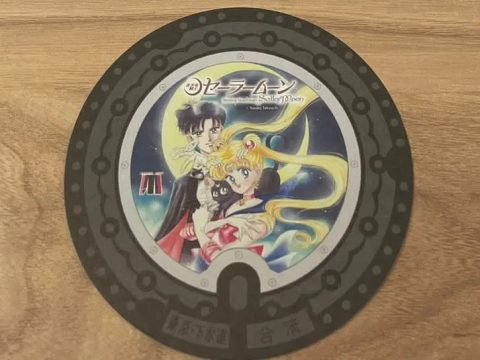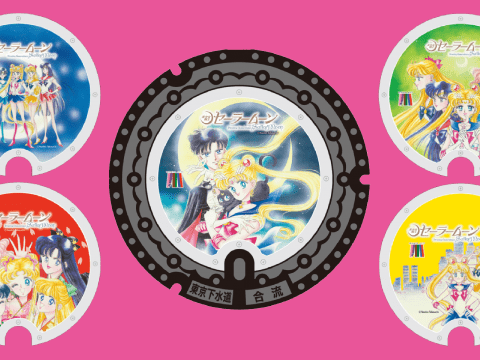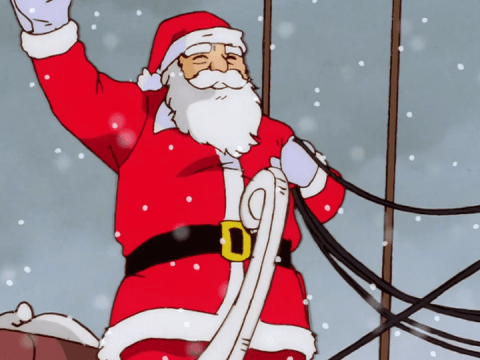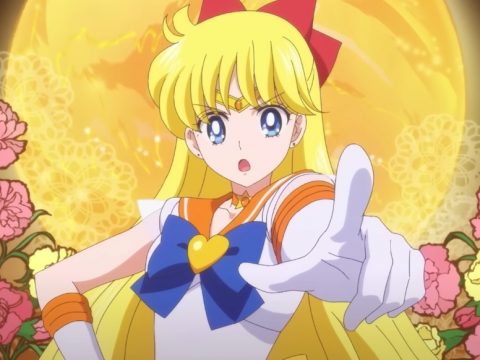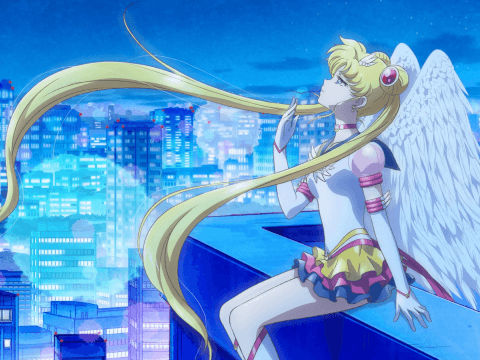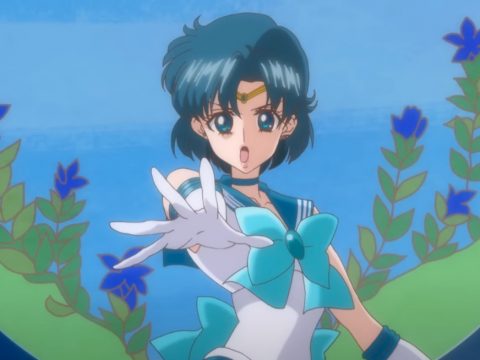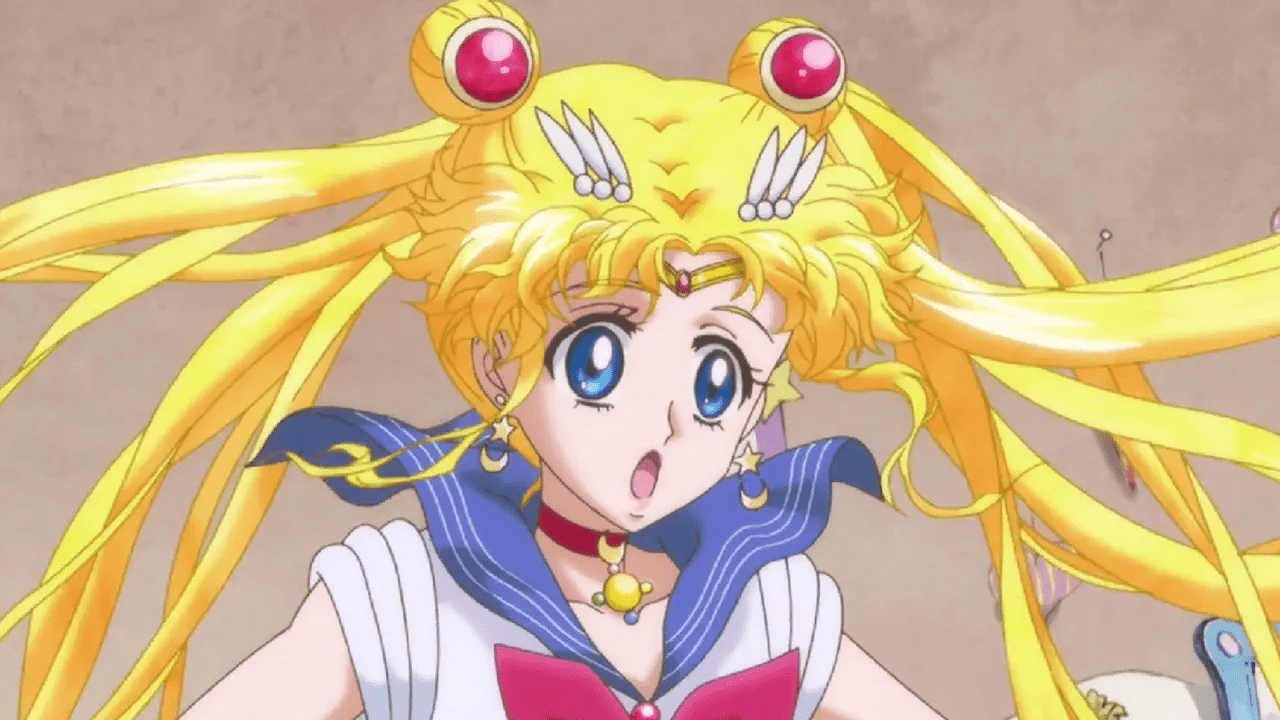
Sailor Moon is, without a doubt, one of the most popular magical girl series ever made — if not the most popular outright. An extension of Naoko Takeuchi’s Codename Sailor V, it achieved popularity worldwide in the form of manga, anime, stage musicals, video games, and much more. But besides being popular, it’s also influential. In fact, it almost singlehandedly shaped magical girl anime as we know it today.
Here are just a few of the things we can thank the Pretty Guardians for:
Magical Girls as Superheroes
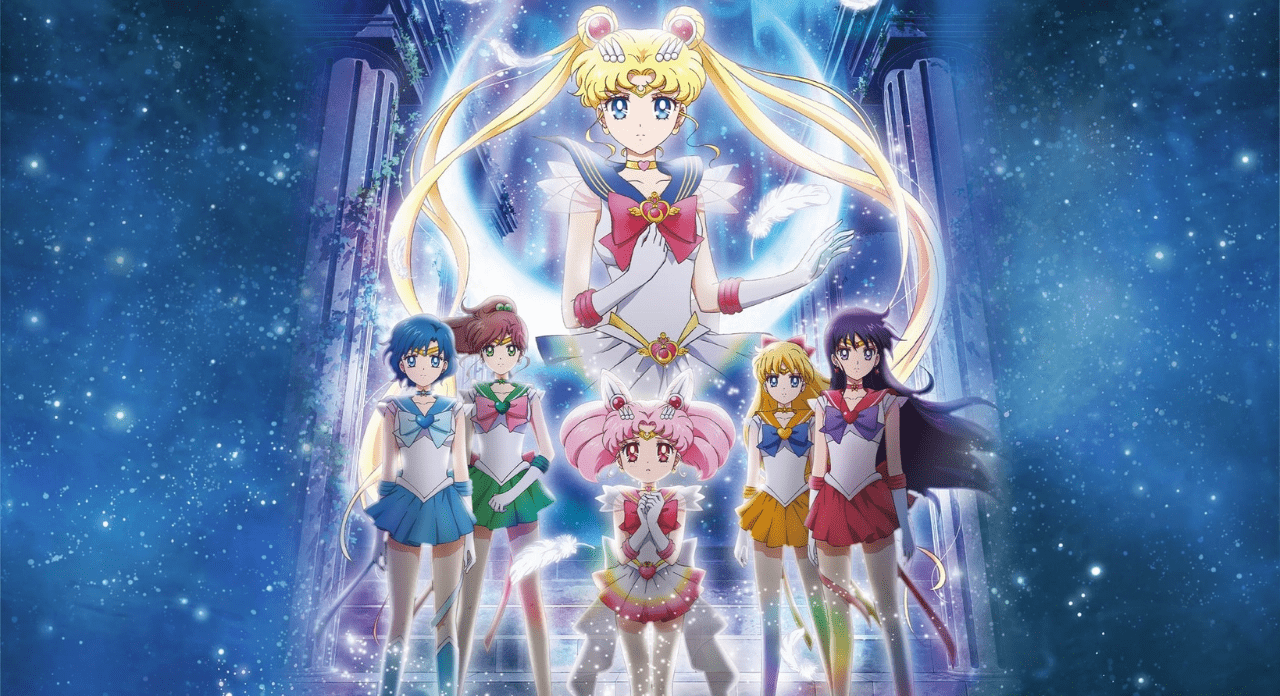
Before Sailor Moon, most magical girls weren’t out there fighting monsters. Some did, sometimes, but it wasn’t the mahou shoujo M.O. Usually, you’d find either causing or fixing problems in the neighborhood. (Sometimes a mix of both.) Or they might become pop stars, get into love triangles, or try to save their family’s business. But when the Sailor Guardians arrived, that all changed.
The idea of a “transforming heroine” — that is, a superhero with a battle form, like most magical girls these days — actually originated in a shonen series. Go Nagai‘s Cutie Honey lent her DNA to future magical girls. The matter-manipulating android had many disguises, but one specific battle form. That inspiration would land in Takeuchi’s work, and carry forward.
Teamwork Makes the Dream Work
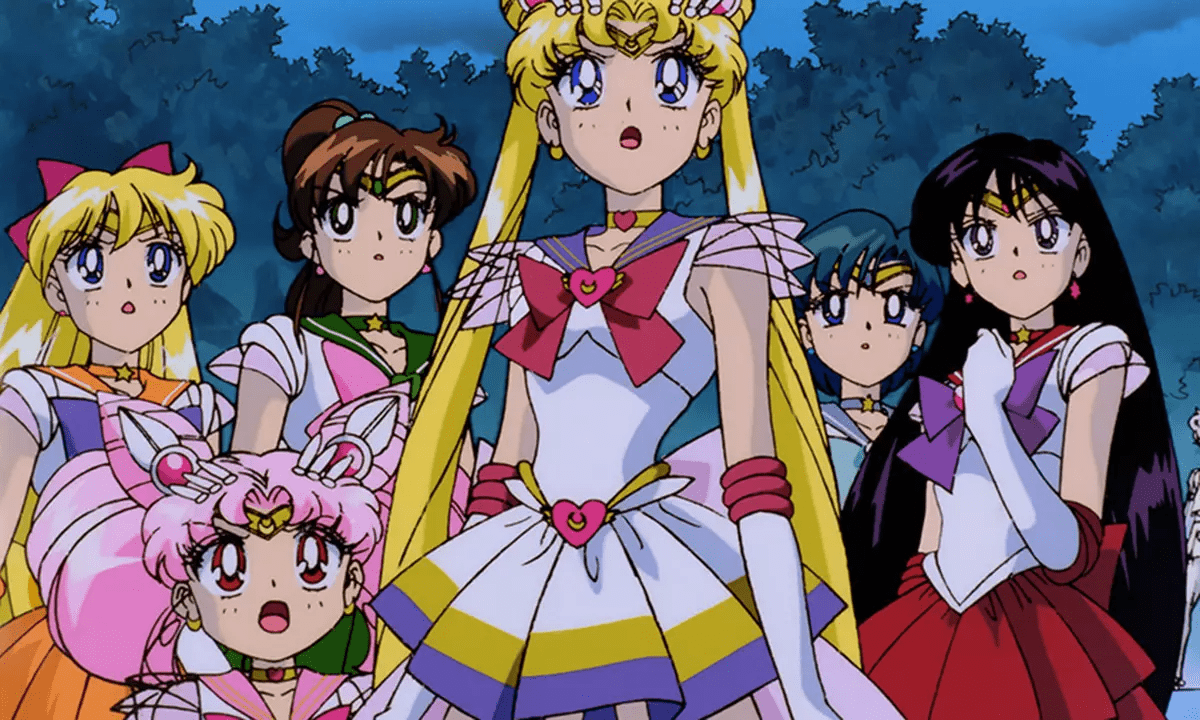
Sailor Moon also marked the beginning of magical girl teams. Before this, most magical heroines either went solo, or had a very small number of rivals or peers. When it came time to fight monsters, Takeuchi took a page from Super Sentai, creating a themed, color-coded team of pretty guardians.
That Power Rangers-esque team formation remains, and shows up prominently in lots of series. Magical girl teams are often color-coded, with each girl having an element specific to her. The Pretty Cure series finally went full Super Sentai, down to baton-pass videos and having Pink Cures effectively function as Red Rangers.
Relatable (and Marketable)
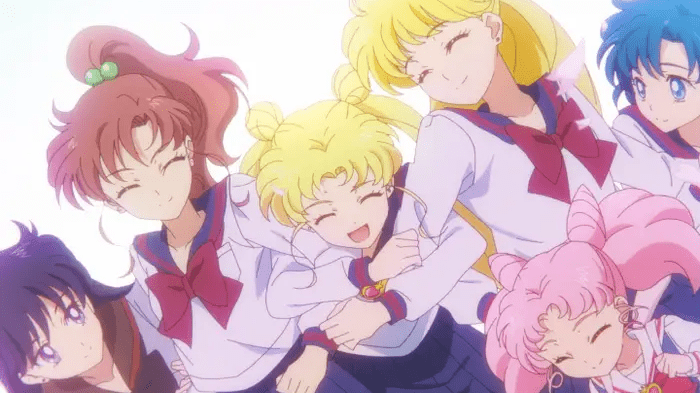
Magical girls prior to Sailor Moon were often princesses from far-off magical kingdoms. And, well, technically so are Usagi and company. But they’re also just normal, modern-day girls. Takeuchi drove that home in her worldbuilding, making even the magical aspects of the series relatable. Their magical girl outfits resemble school uniforms. Their transformation items are, at least initially, pens and makeup items: things a schoolgirl could imagine carrying around with her.
Of course, the series ended up being hugely marketable. (Yet another thing it shares with Super Sentai.) And while it wasn’t the first magical girl series ever to have toys, its massive cast and changing seasonal items meant there was lots to collect.
Be sure to set some time aside for Sailor Moon celebrations — after all, it’s the 30th anniversary year!
Still in a magical mood? Join us as we go back to watching Delicious Party Pretty Cure!


